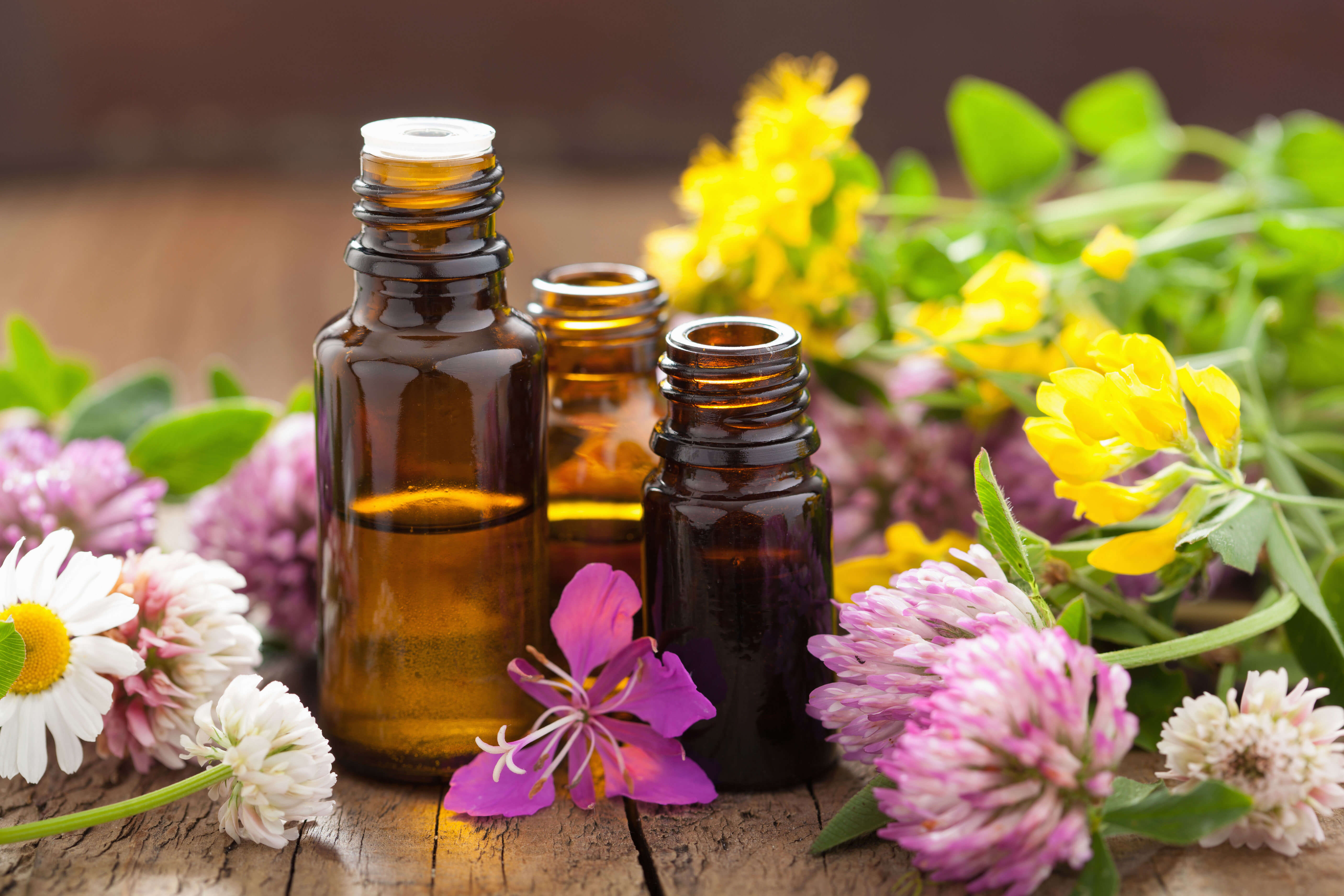Scent is deeply connected to memory and emotion. The right scent can take us back in time to a memory or feeling and in ancient times it was used as an indication of status and power. As the industry and times evolved, perfumeries began to harness the ability to blend many of nature’s most frequent scents and essential oils, found in plants and animals, to create a variety of unique and beautiful perfumes.
Chemical Interference
As with any industry, the natural blends led way to chemically-derived synthetic options. While they are still blended in the same way, the synthetic ingredients may actually act as a neurotoxins rather than invoking nostalgic memories of days gone by.
The category and ingredient name seen on packaging as “fragrance” covers a wide variety of products from perfumes, to air fresheners, and candles, and contains over 500 potential chemicals that are not required to be listed on the label. The average bottle of mainstream perfume can contain over 45 chemicals! Research states that many of the ingredients in fragrances are neurotoxins, meaning that they have poisonous effects on the brain and nervous system. Some of the most common chemicals in perfumes can be grouped into parabens and phthalates. Many of these chemicals disrupt our natural hormonal balance and production, causing any number of possible emotional and health concerns including: anxiety, mood swings, early sexual development, and depression. Others can cause irritability, mental vagueness, muscle pain, asthma, fatigue, headaches, dizziness, swollen lymph nodes, coughing, general irritation to the respiratory system, and burning or itching skin irritations.
Back to Nature
Research has proven what history has known all along, not only do naturally derived essential oils provide a unique and chemical-free scent, they are also very beneficial and evoke healing properties. Learning to use essential oils can not only help you smell like an Egyptian goddess, it can help beef up your first aid kit with many ready-to-use treatments for cuts, headaches, respiratory issues, mental fogginess, and energy…you know, all the things that the mainstream perfume caused you to have issues with.
DIY Perfume
Your blend will consist of your preferred fragrance style, but there are some general guidelines to follow. Oils are classified into three groups: Top Notes, Middle Notes, and Base Notes.
Top Notes are usually light and fresh, but evaporate very quickly:
bergamot, cajuput, cinnamon, eucalyptus, grapefruit, lemon, lemongrass, mandarin, neroli, orange, peppermint, tangerine
Middle Notes are softer and can take a few hours to notice after application:
chamomile, cypress, fennel, geranium, hyssop, juniper, lavender, marjoram, neroli, nutmeg, rosemary
Base Notes are considered heavier oils; their scent can be very intense:
cedarwood, cinnamon, clove, frankincense, ginger, jasmine, myrrh, patchouli, rose, rosewood, sandalwood, ylang ylang
Use this guideline when blending essential oils for perfume:
- 3 drops Top Notes
- 2 drops Middle Notes
- 1 drop Base Note
Combining scents is an art and takes some practice. Note that some oils, such as cinnamon or neroli, work as either top, middle, or base notes depending on what other oils they are mixed with.
DIY BeautyPerfume Oil
- 1 tbsp carrier oil, such as jojoba or grapeseed oil
- 15-25 drops of your favourite essential oils
- Mix carrier oil with selected essential oils.
- Pour into a roll-on bottle.
DIY BeautySolid Perfume
- 1 tbsp carrier oil, such as jojoba or grapeseed oil
- 2 tbsp grated beeswax
- 15-25 drops of your favourite essential oils
- Melt beeswax in a double boiler.
- Stir in carrier oil, and let cool slightly.
- Mix in essential oils.
- Store in a small tin or container of your choice

